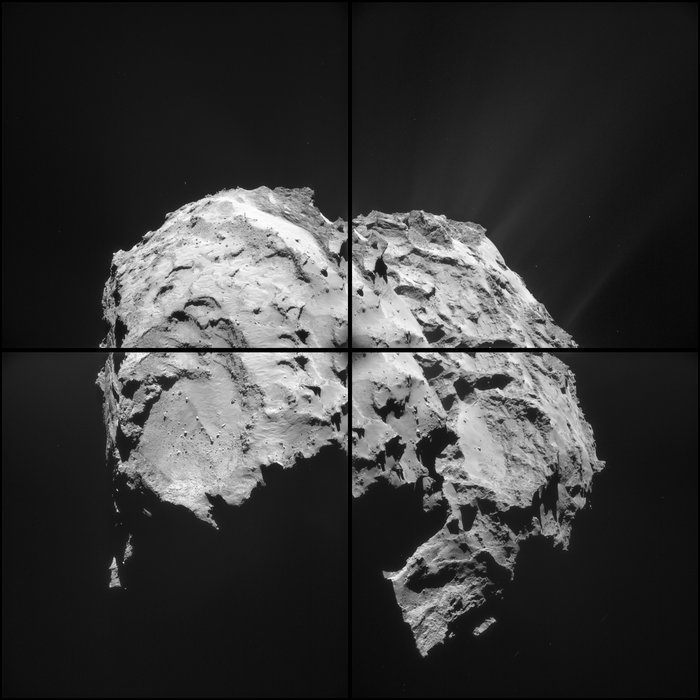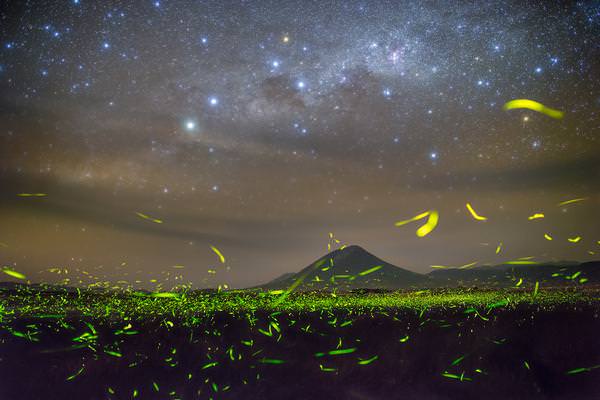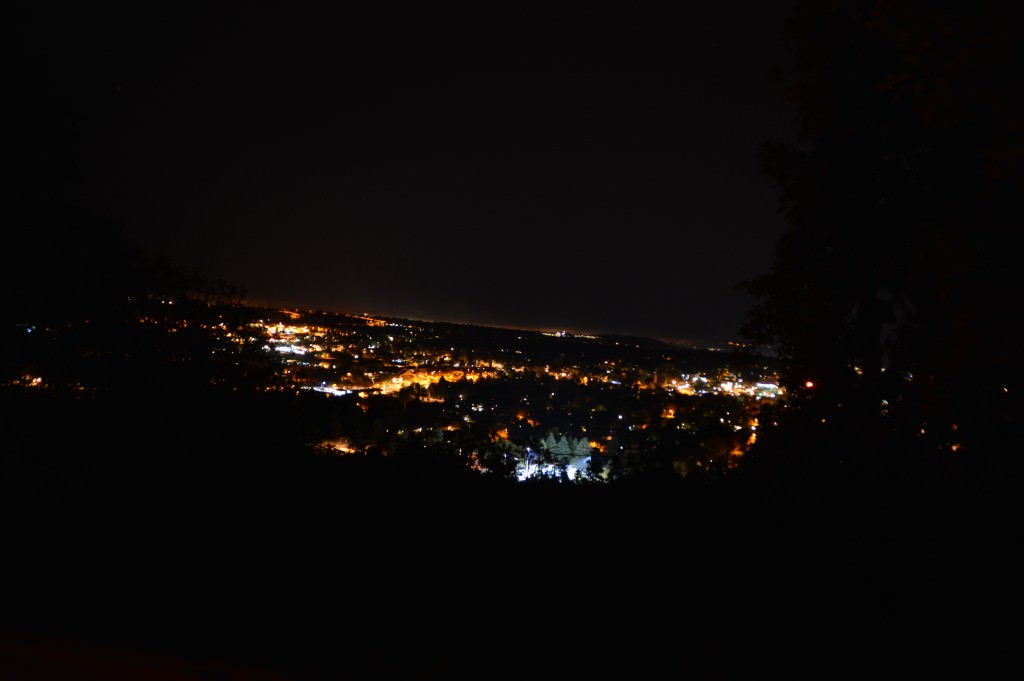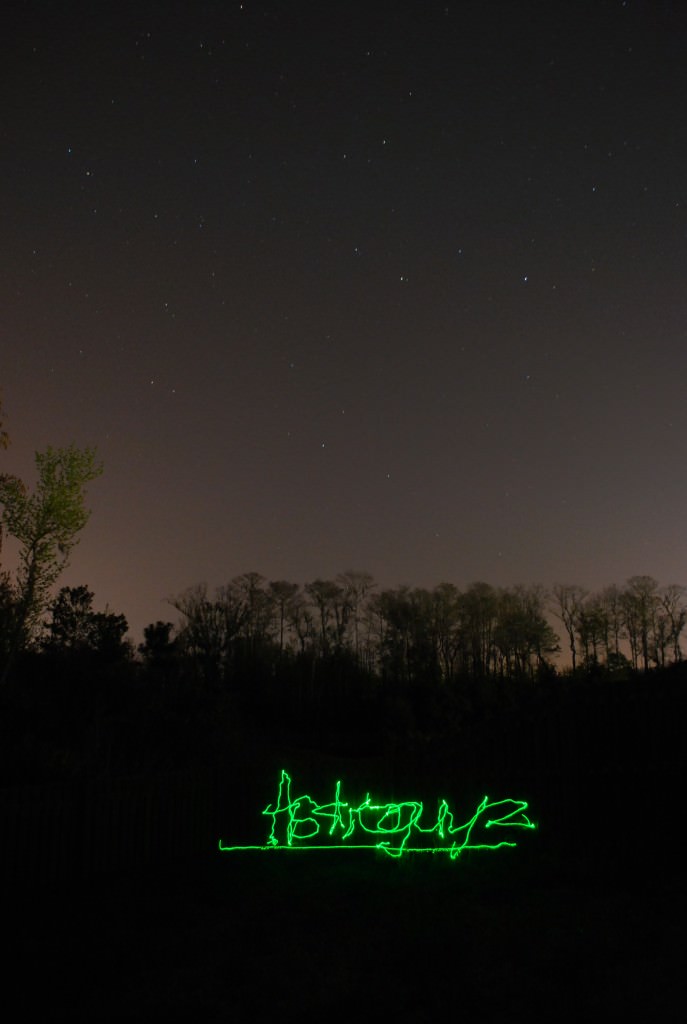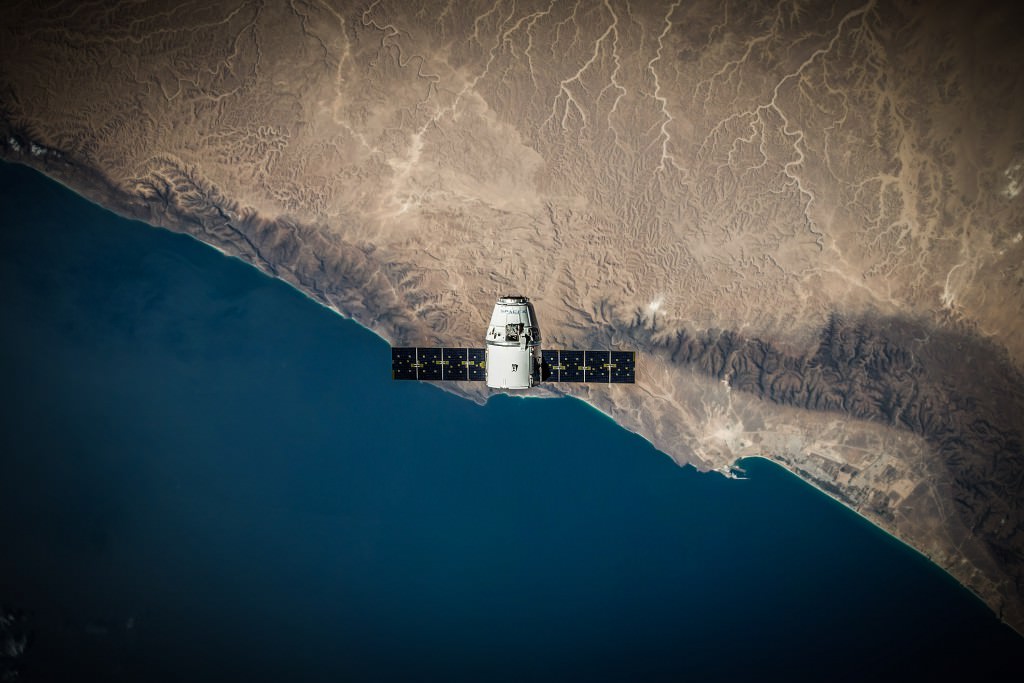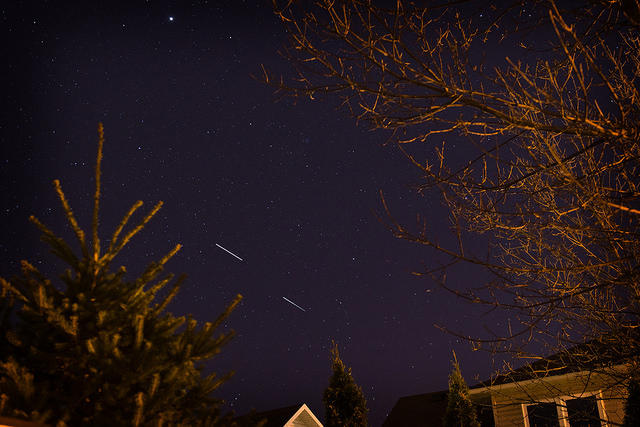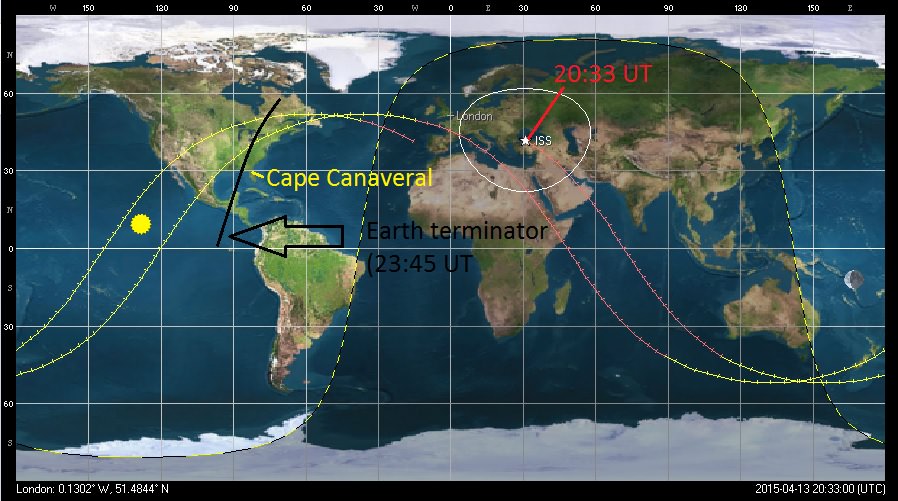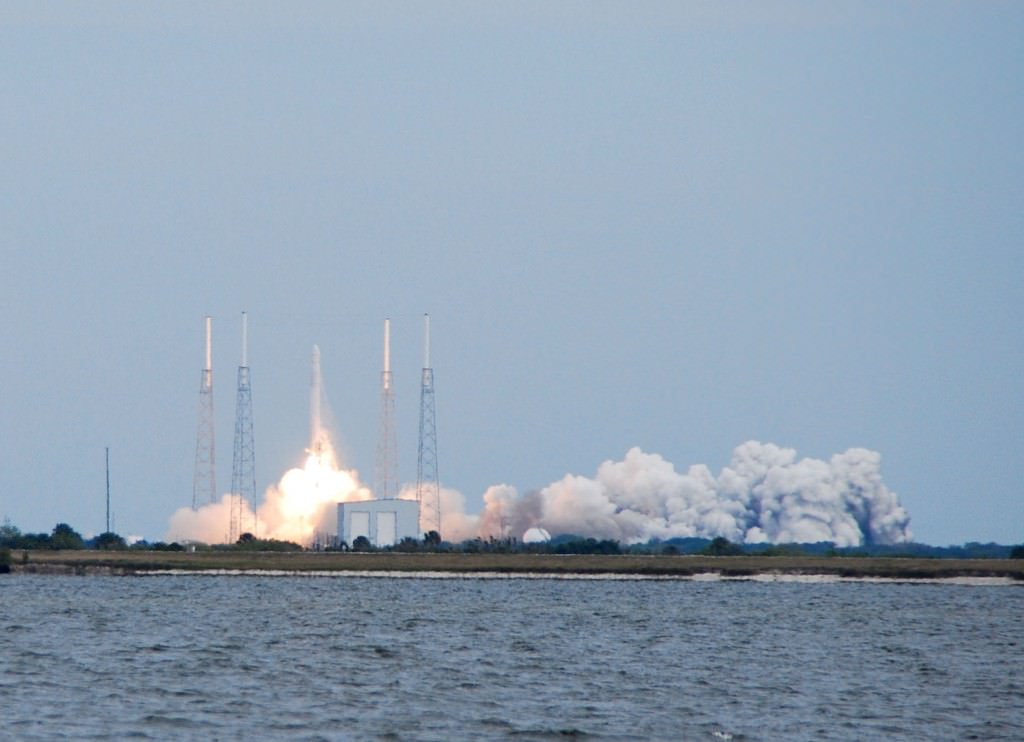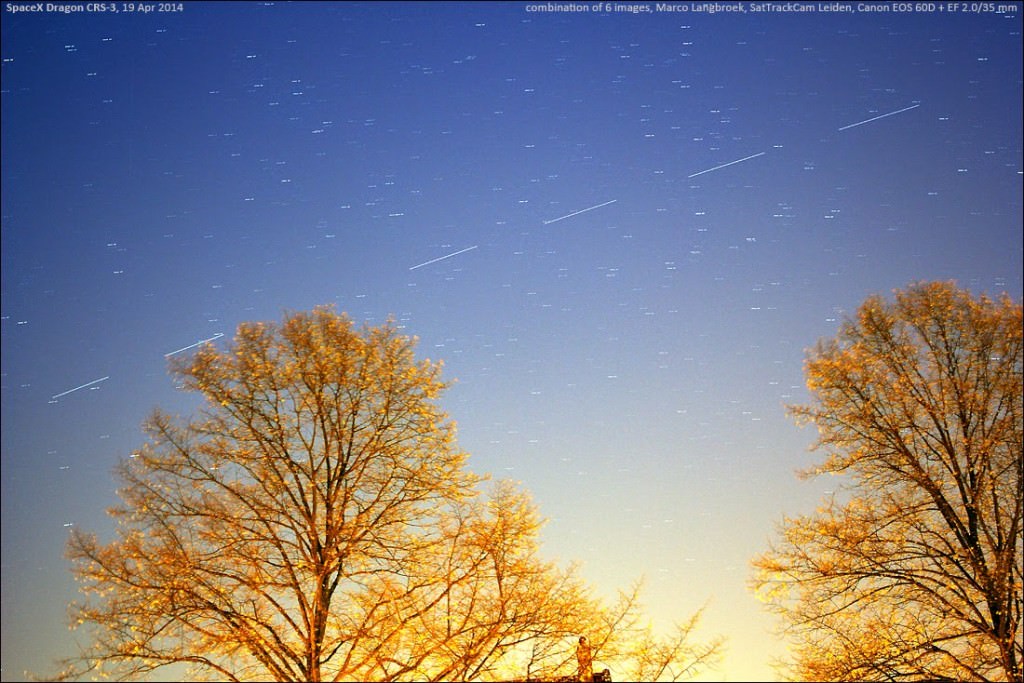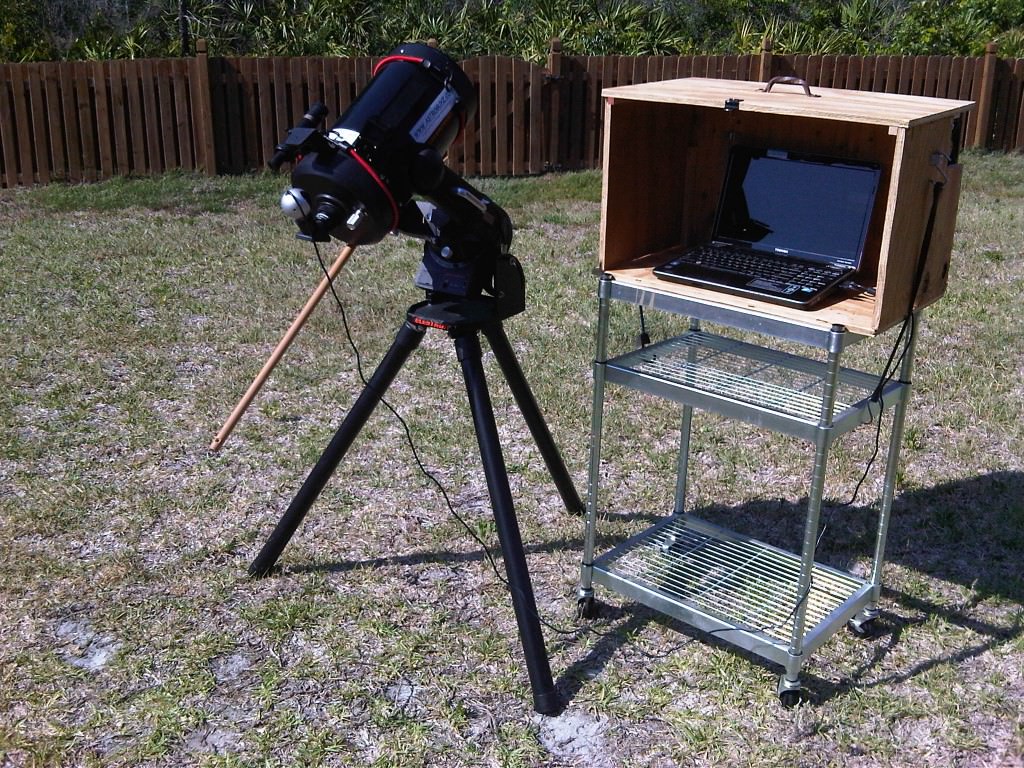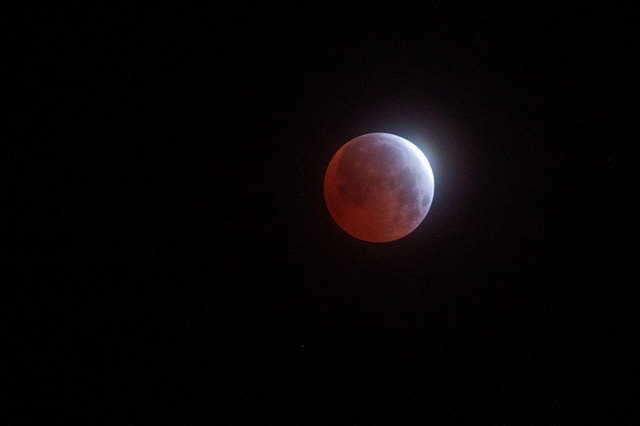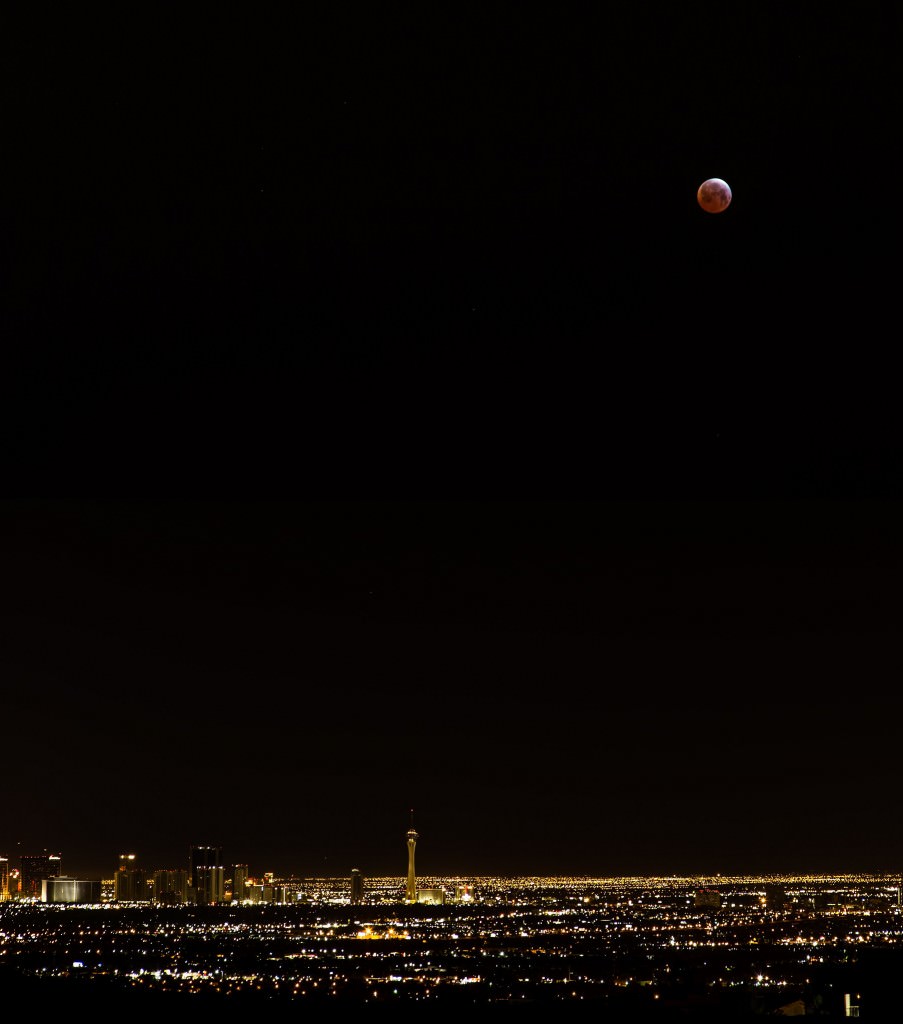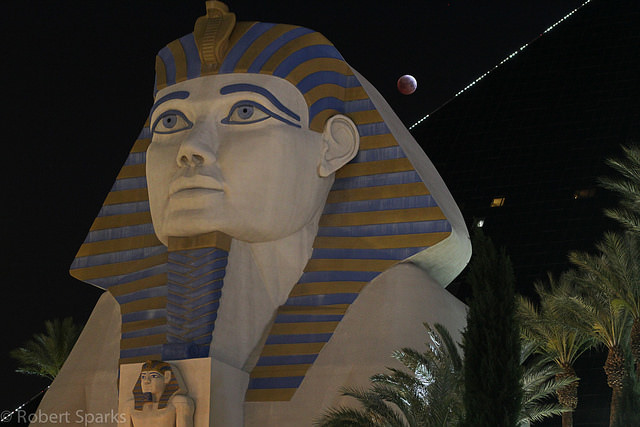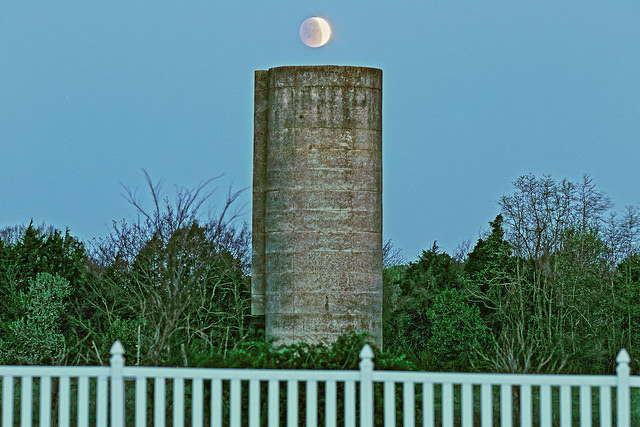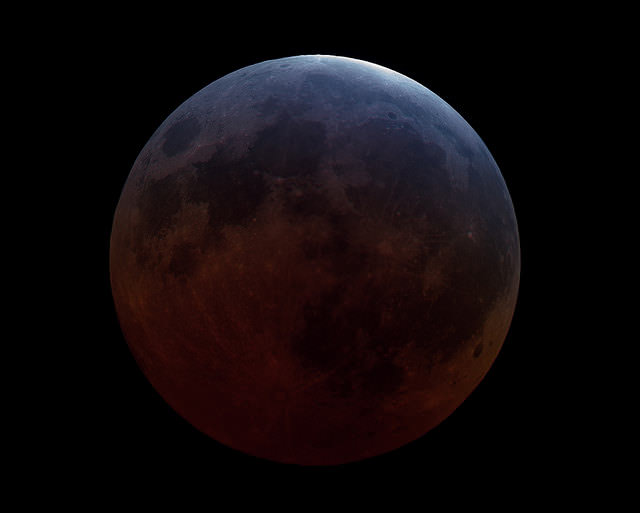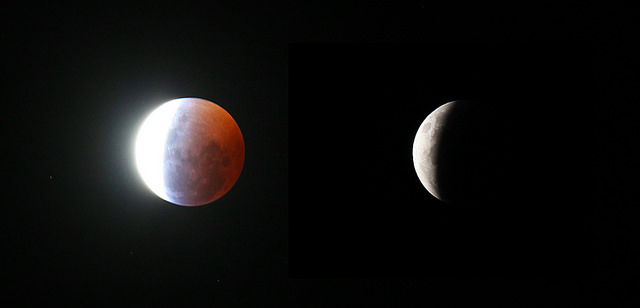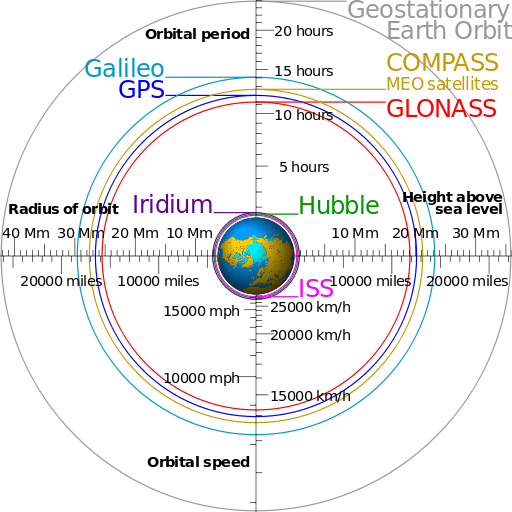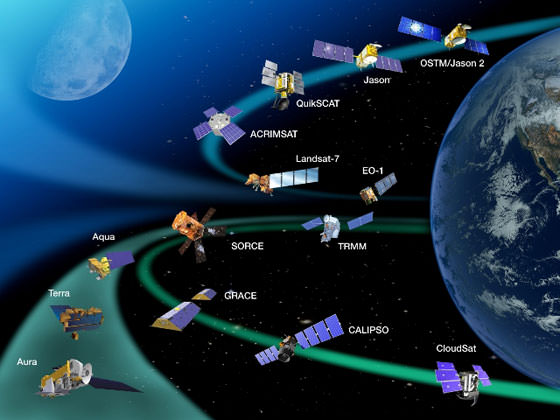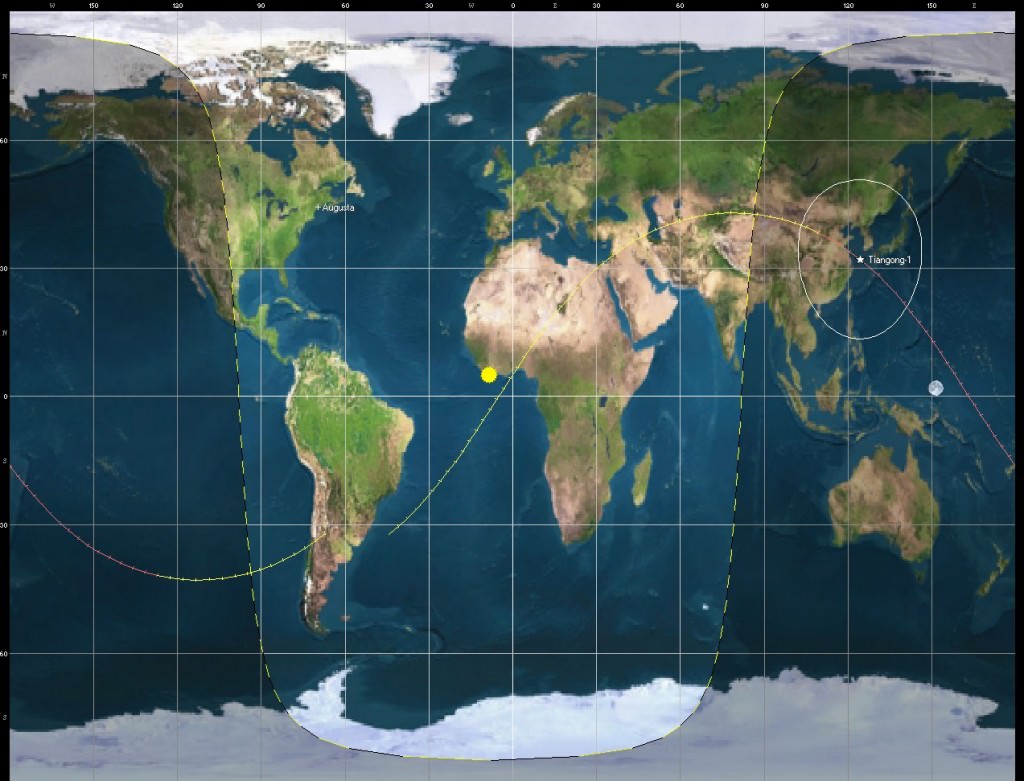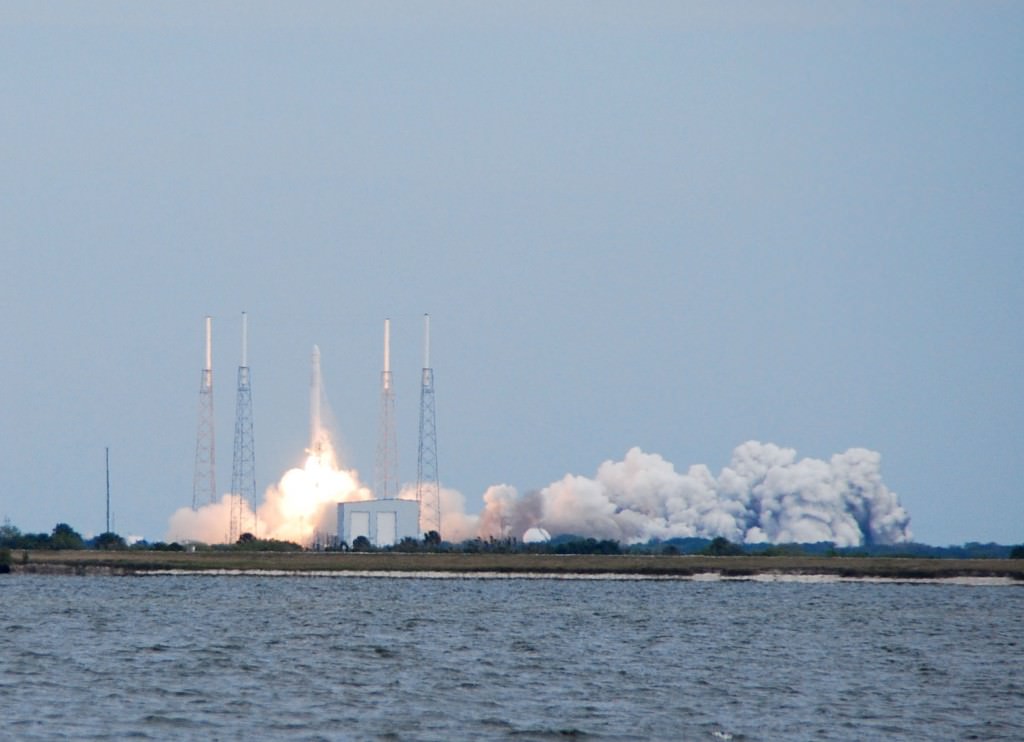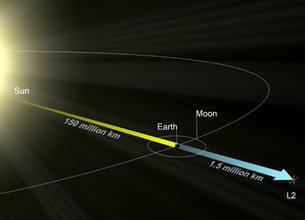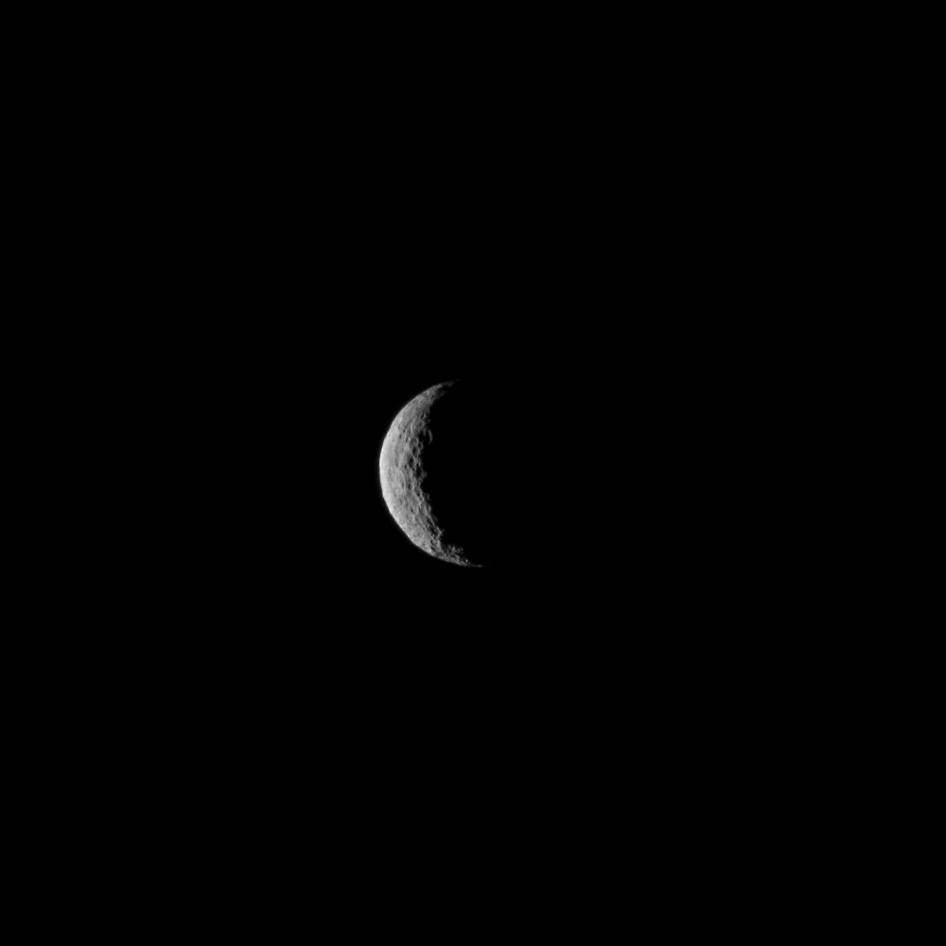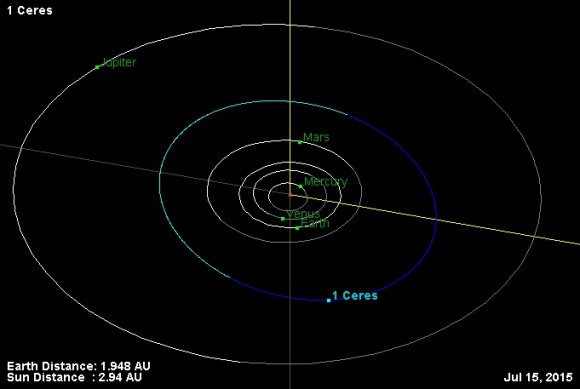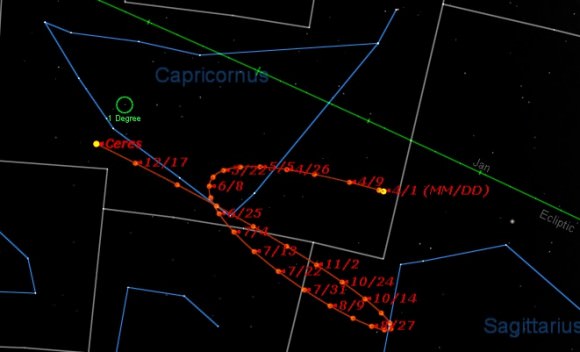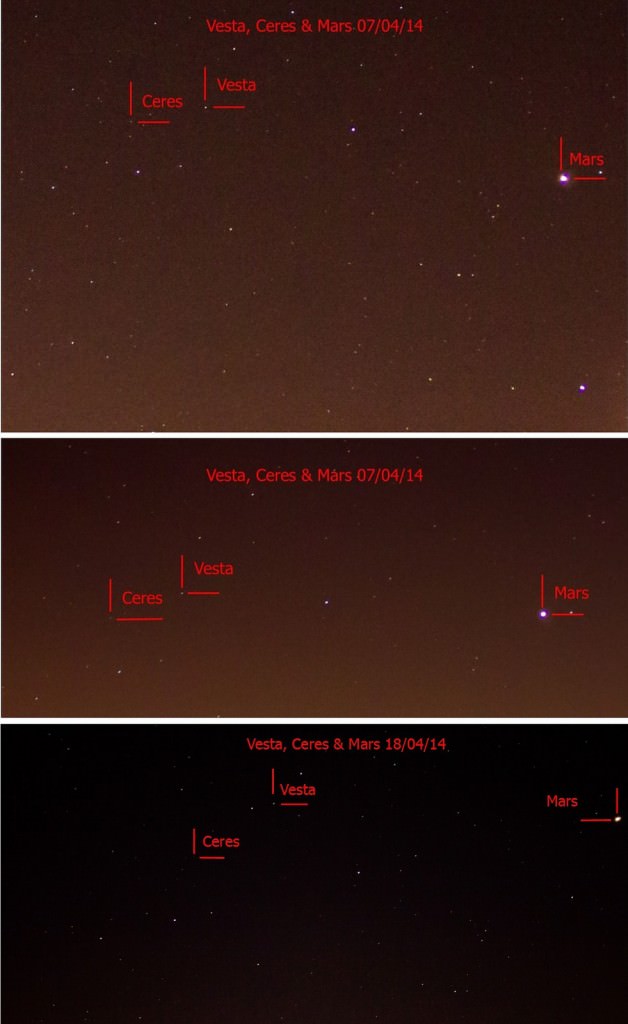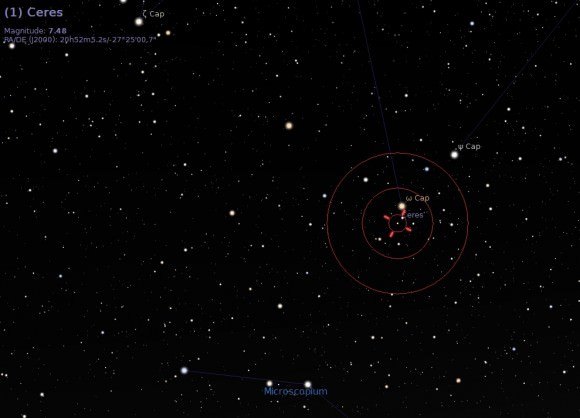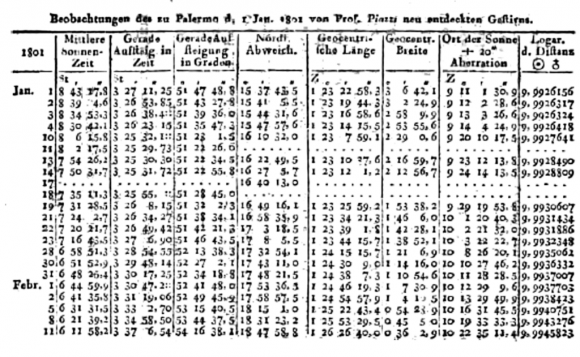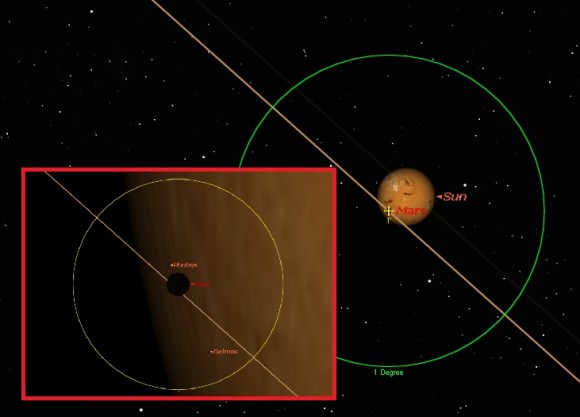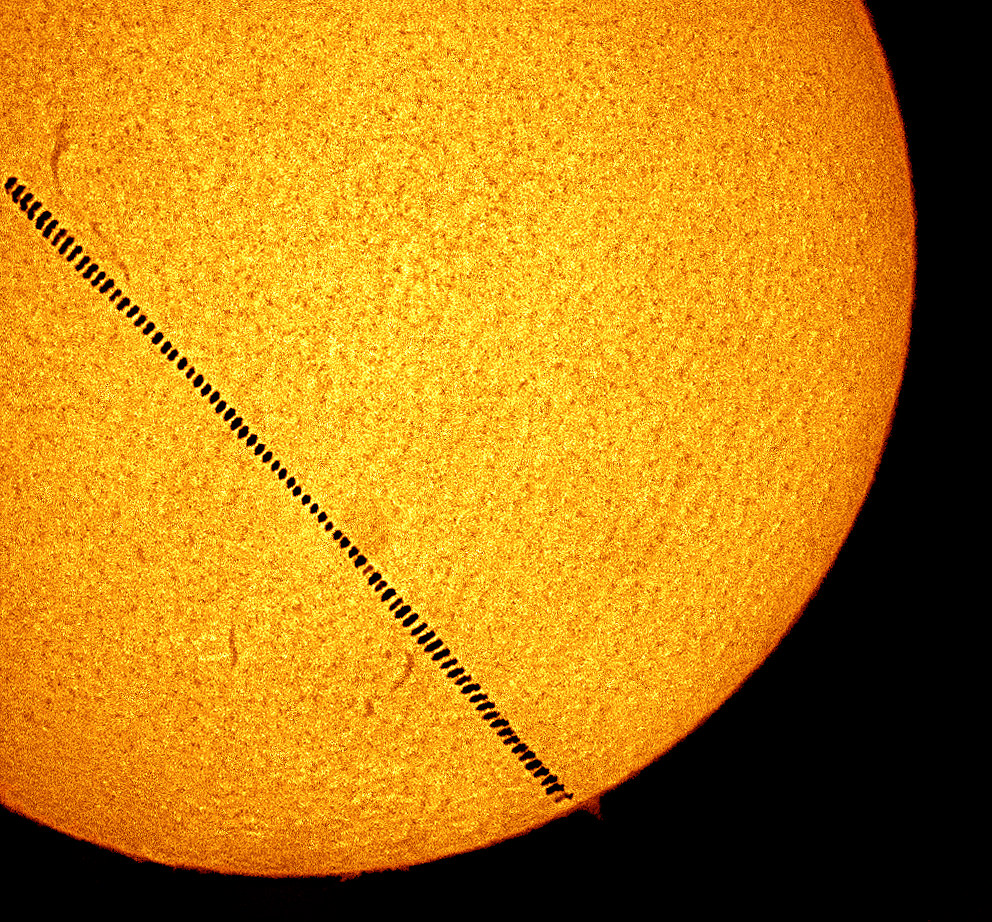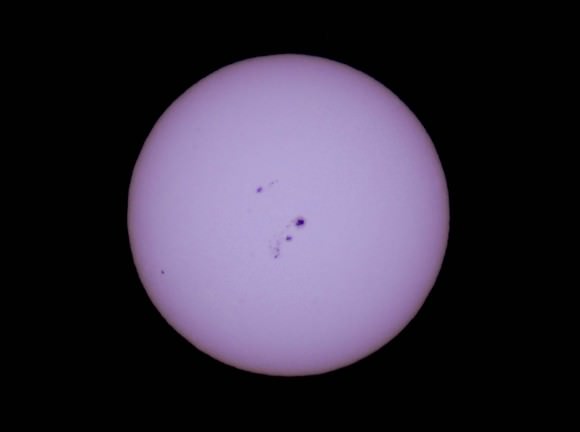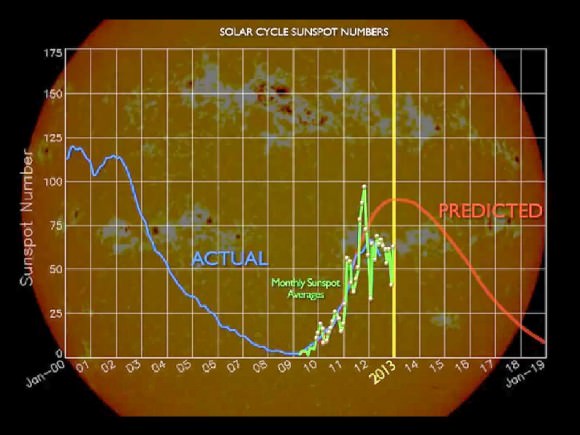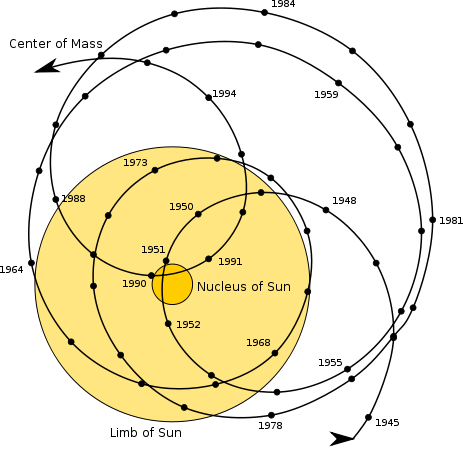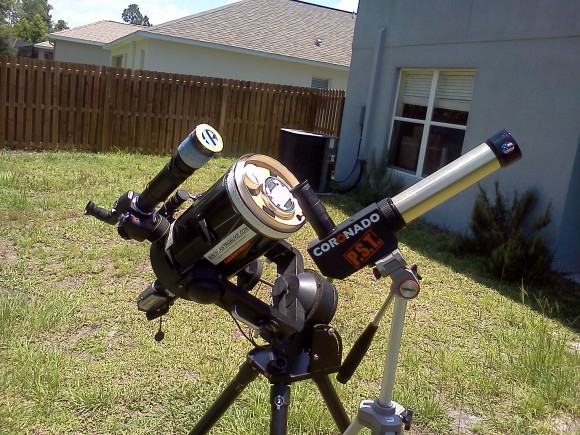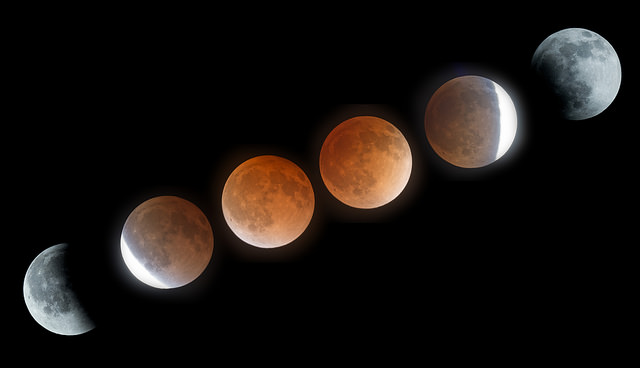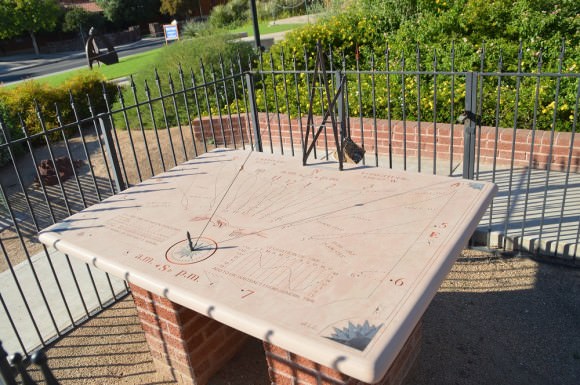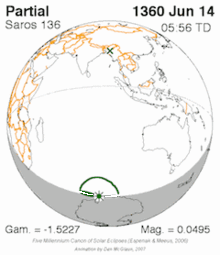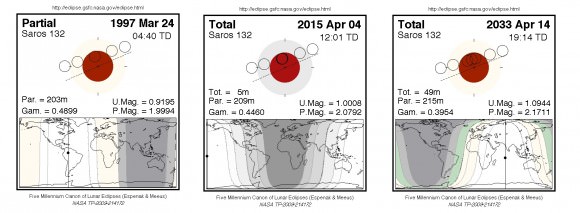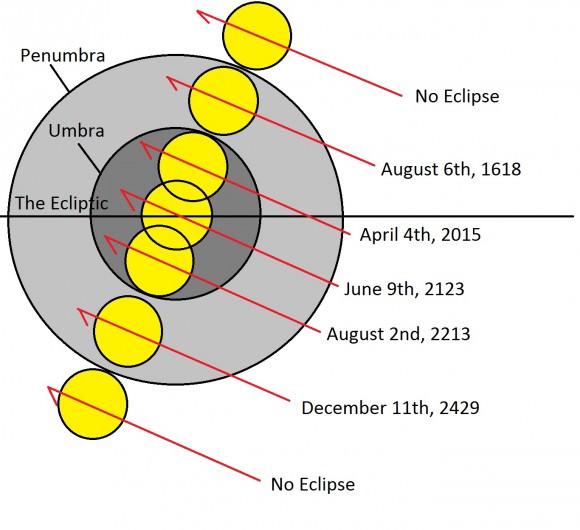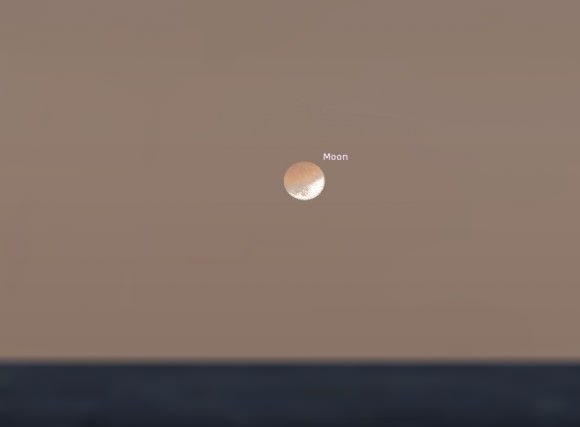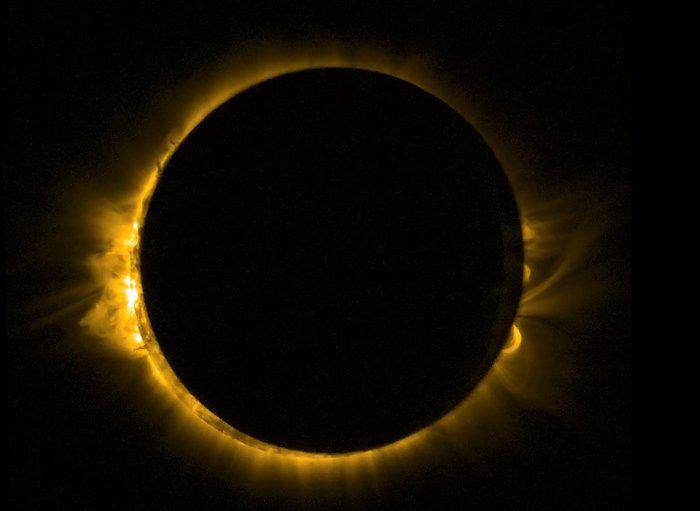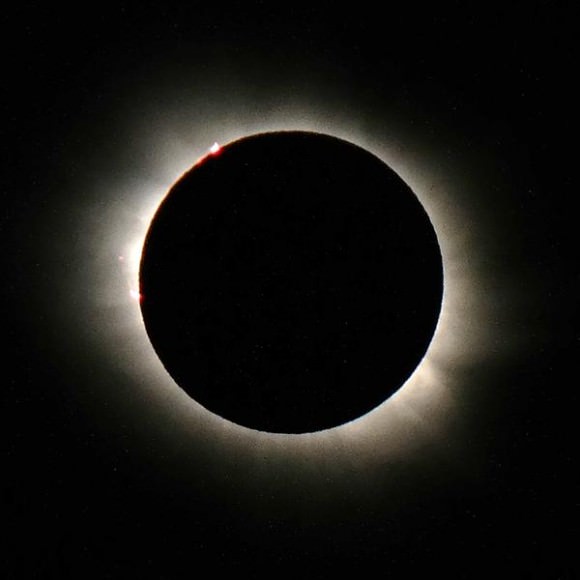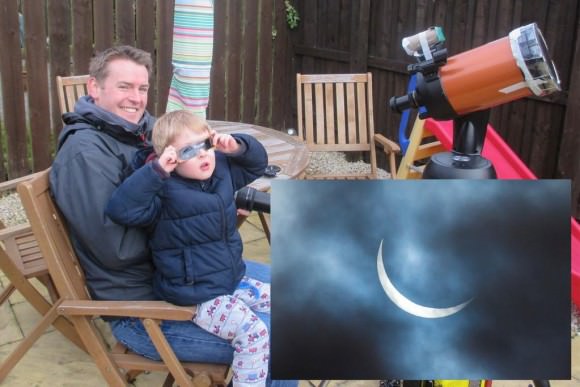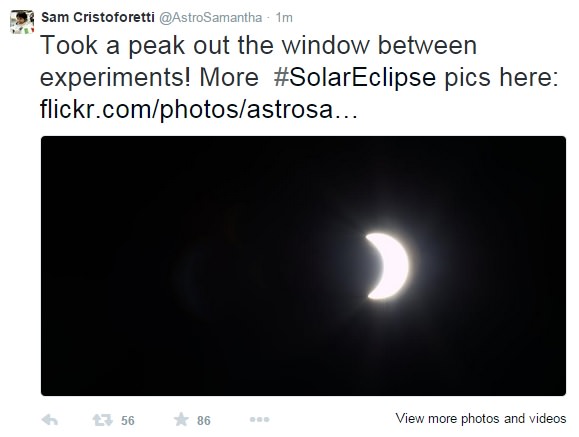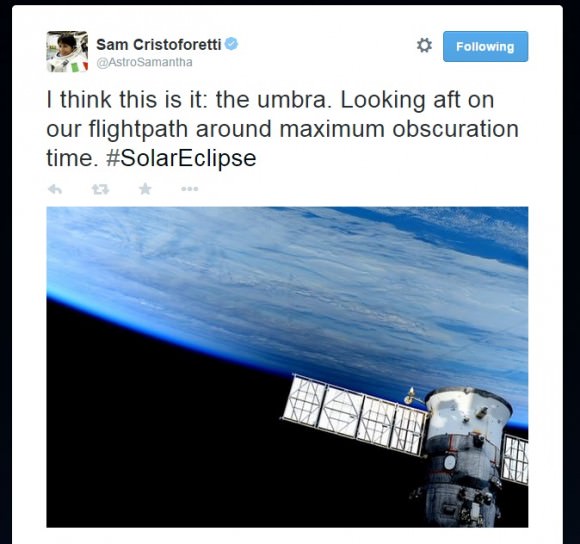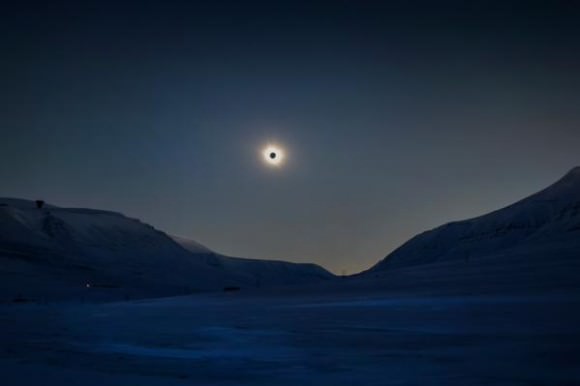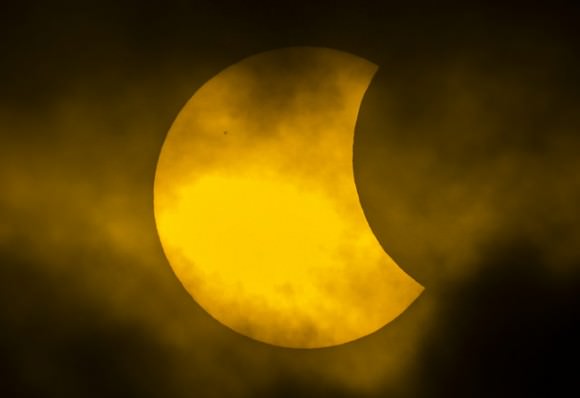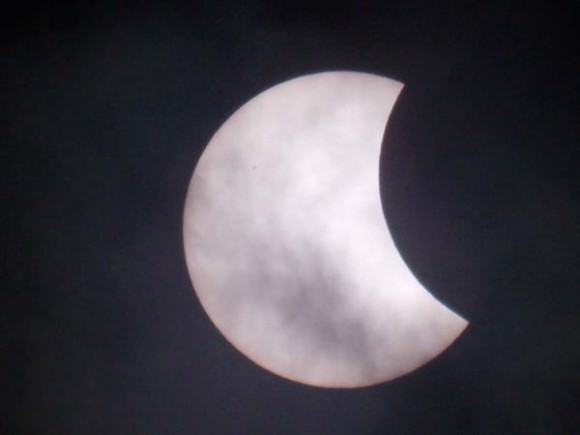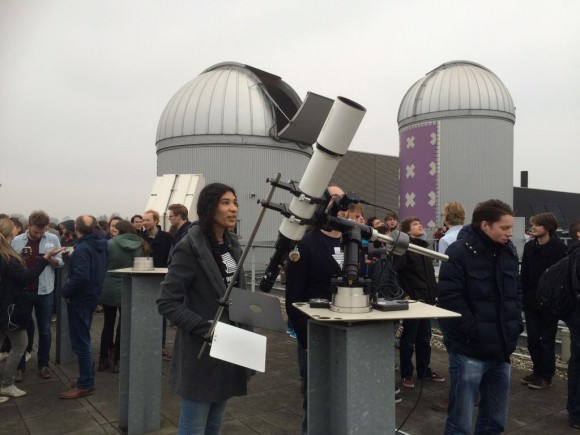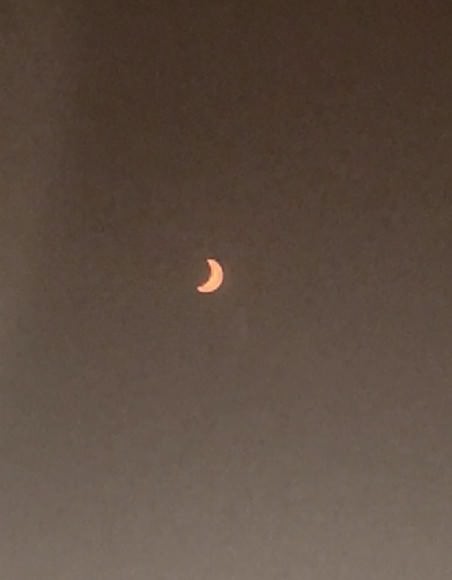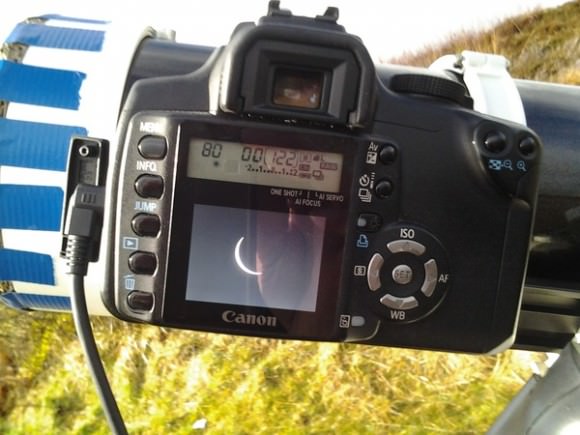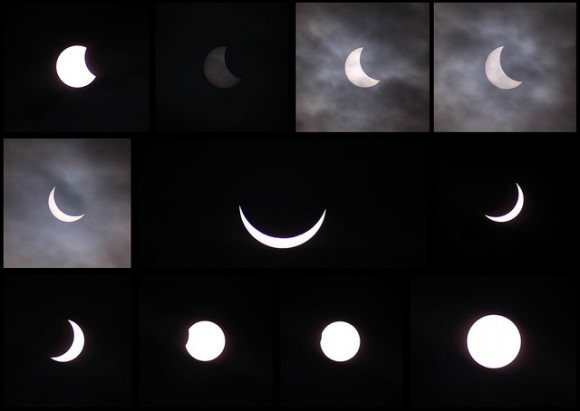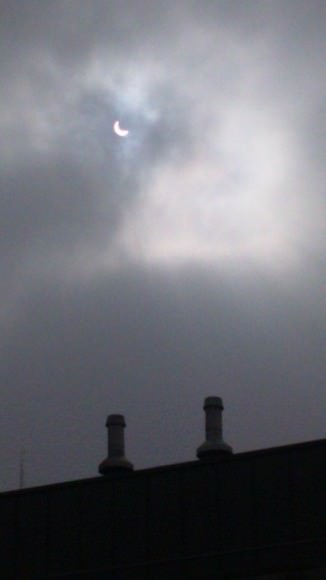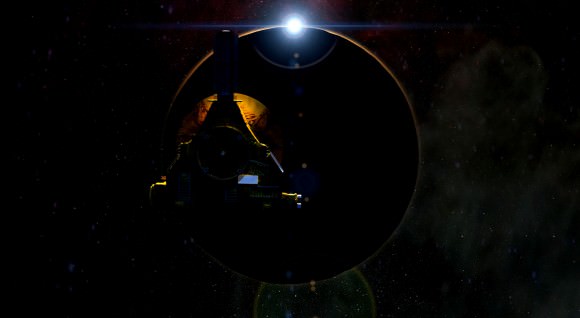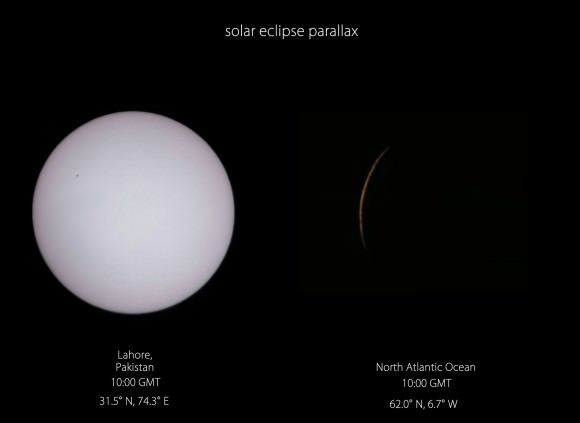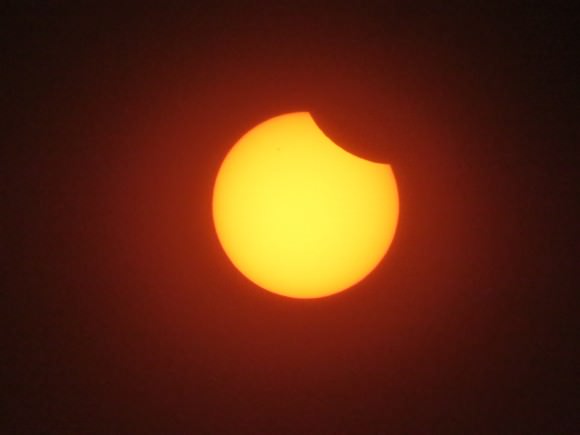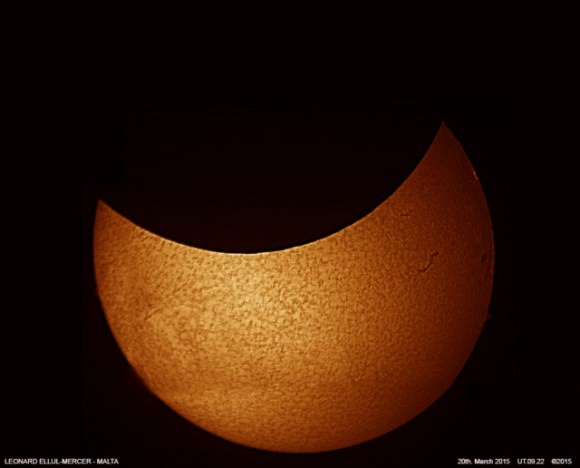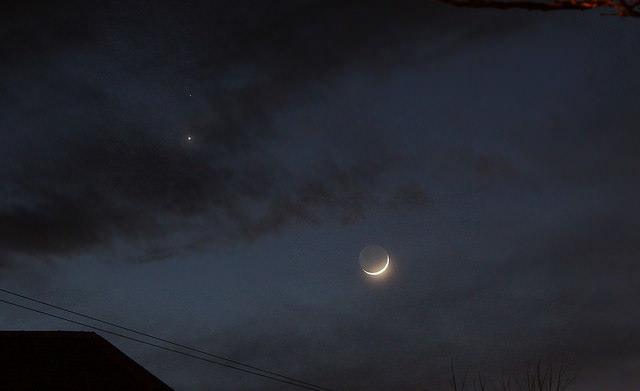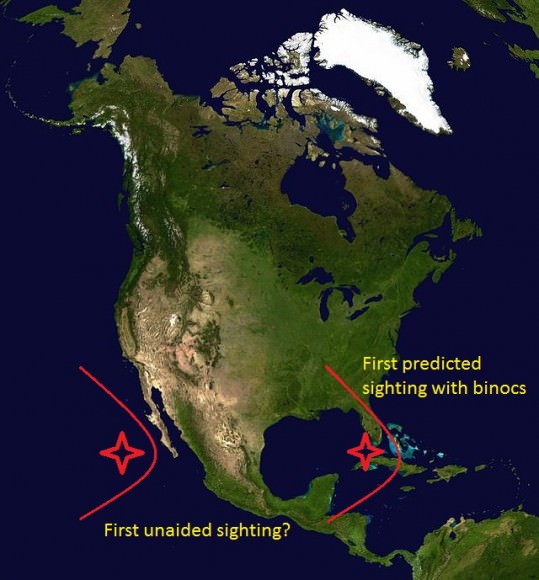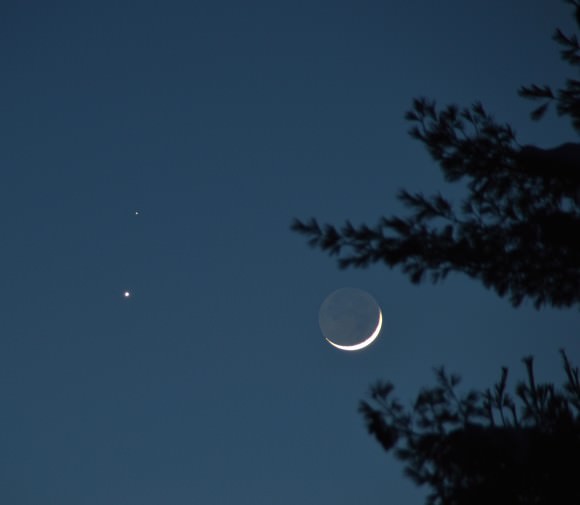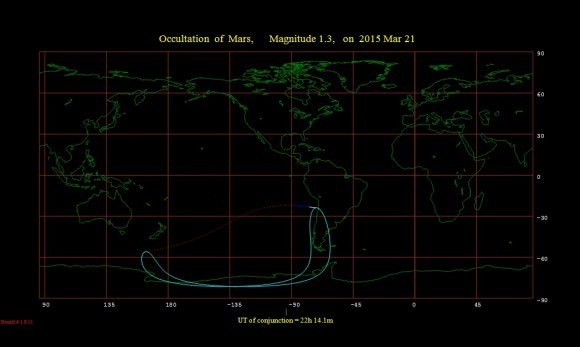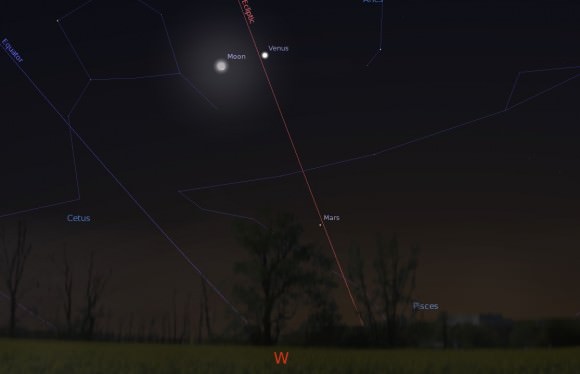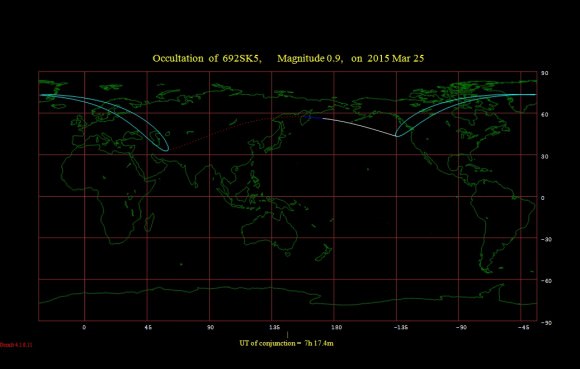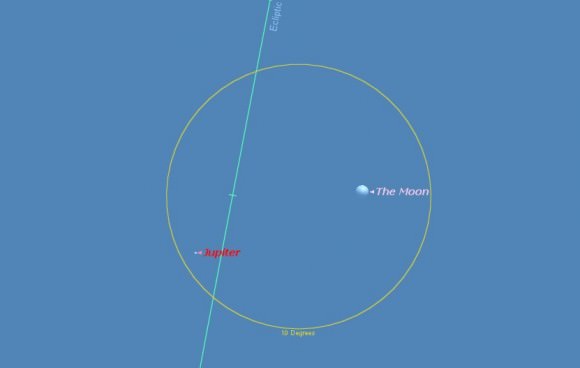Calling all light-bucket scope owners: the folks at the European Space Agency want to enlist you in the quest to monitor Comet 67P/Churyumov-Gerasimenko from our Earthbound perspective through perihelion later this summer.
“We are looking to bring an entire community of professional and amateur observers together,” said Rosetta Coordinator of Amateur Observations for Comet 67/P C-G Padma A. Yanamandra-Fisher in a recent press release. “When else can you observe a comet at the same time a spacecraft is viewing it at close proximity and escorting it to perihelion, and be able to correlate both sets of findings?
The Rosetta story thus far has been an amazing tale of discovery. We’ve extensively chronicled the historic approach of the Rosetta spacecraft as the rubber-duck-shaped comet grew in its view here at Universe Today. The world also held its collective breath as the Philae lander, the little washing Euro- washing machine-sized spacecraft that could, descended on to the alien surface. Heck, Philae even knocked a Kardashian out of the top trending spot worldwide, a feat in and of itself.
We also documented the Spinal Tap-esque “None more black” nature of the comet.
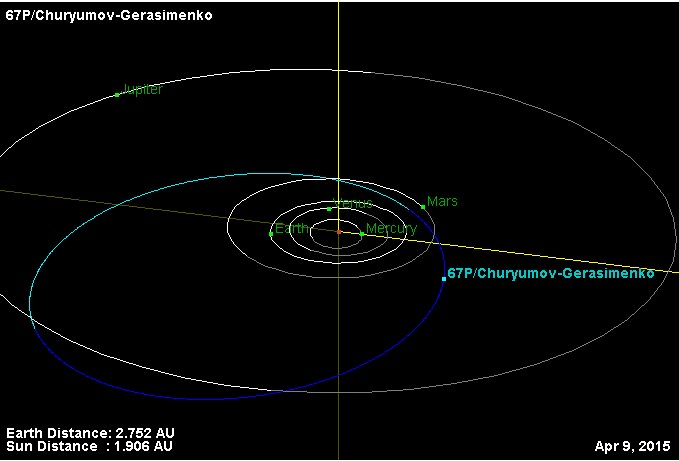
Prospects in 2015: As of this writing, Comet 67P/C-G is 1.9 AU from the Sun and closing. The ‘P’ in ‘67/P’ stands for ‘short term (less than 200 years) periodic,’ and the comet orbits the Sun once every 6.44 years. Perihelion for 67/P occurs on August 13th, 2015 when the comet reaches a distance of 1.24 AU ( 191 million kilometres) from the Sun.
Discovered in 1969 by the Kiev University’s Klim Ivanovych Churyumov while examining a photograph taken by Svetlana Gerasimenko, this is the comet’s seventh apparition. Currently shining at +18th magnitude in the constellation Aquarius, Comet 67P C-G will vault up in the early morning sky for northern hemisphere observers and cross the ecliptic plane in the last week of July, at 43 degrees elongation west of the Sun.
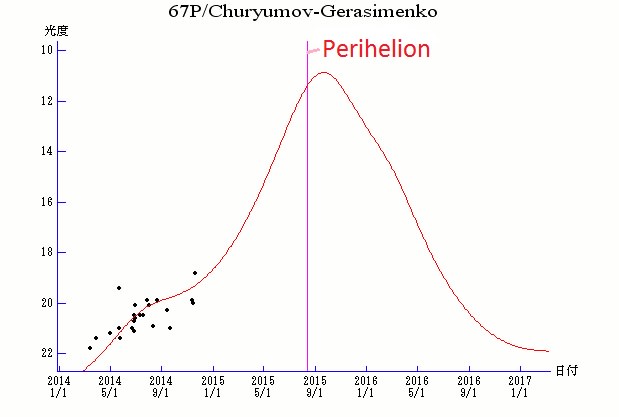
The comet is expected to reach a maximum brightness of +11th magnitude near perihelion. Historically, 67P – like most comets – tend to under-perform before perihelion, only to have an energetic lingering outburst phase post-perihelion.
“With each apparition we see it (67P) behave differently.” Yanamandra-Fisher said. “These legacy data sets will aid in our knowledge of this comet, especially when used in combination with the data gathered by the Rosetta spacecraft and the new ground observations made this year.”
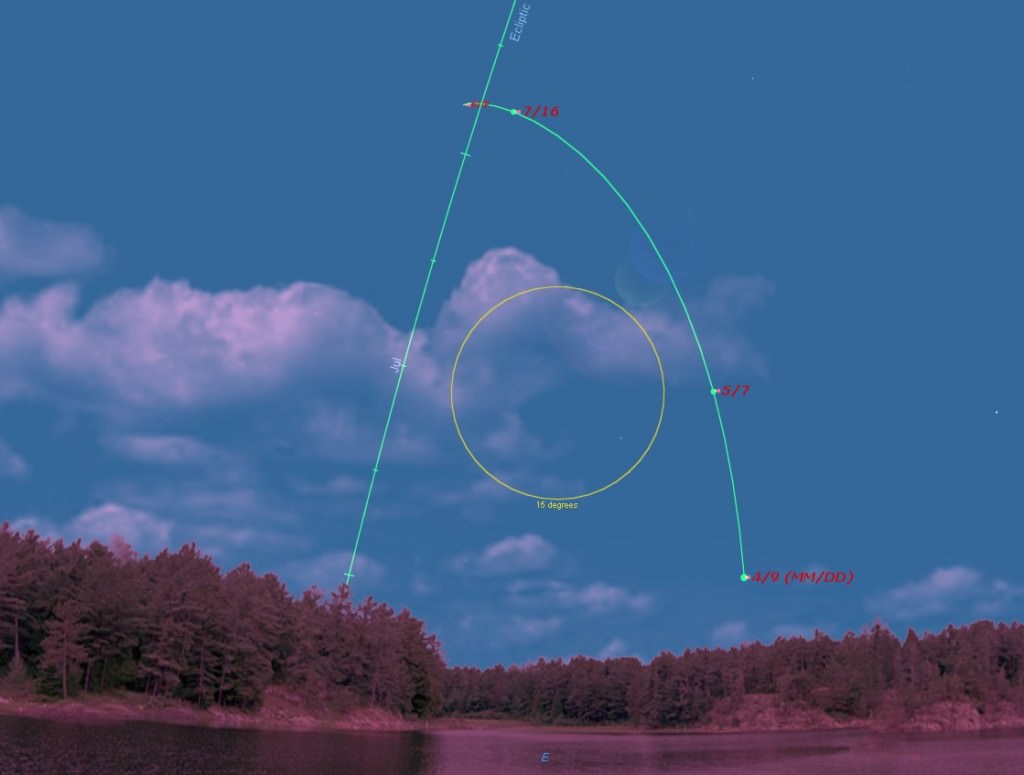
Time on professional scopes is always chronically in short supply, with more astronomers and targets to observe than there are telescopes available. That’s where amateur observers come in. Many private backyard observatories have instruments that would be the envy of many a major institution. Though the press release suggests that the minimum aperture size needed to observe 67P this summer is 14-inches (35 cm), we urge 10” or 12” inch scope owners – especially those who have the latest generation of Mallincam and faint object CCD imagers – to give it a try. We’ve seen some amazing results with these, even during quick casual observing sessions such as public star parties! The Rosetta team is looking for everything from professional grade images, to sketches and visual observations with magnitude estimations.
Of course, hunting faint comets is a daunting task at best. +10th magnitude is generally our cut-off for ‘is interesting enough to alert the public’ in terms of novae or comets, though we’ll let 67/P ‘into the club’ due to its celebrity status.
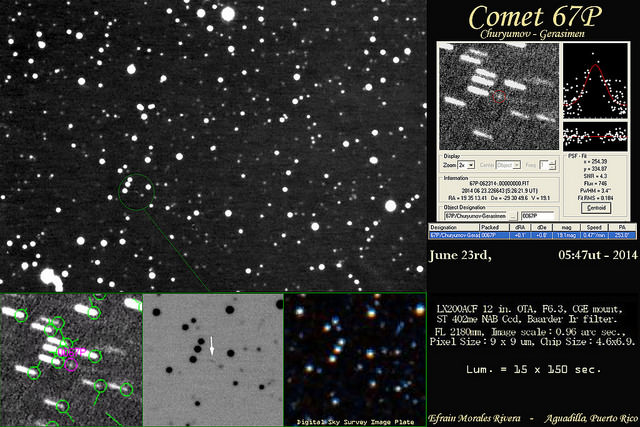
To add to the challenge, the comet is only visible against a dark sky during a brief pre-dawn window. You’ll need a planetarium program (we use Starry Night Pro) to generate good finder charts down to 15th magnitude or so. Keep in mind, comets also typically appear a bit fainter visually than stars of the same magnitude due to the fact that said brightness is spread out over a broad surface area.
ESA also has a great page with an ephemeris generator to help you in your 67/P quest.
“This is truly interactive science that people of all observing levels can participate in- from amateurs to professionals.” Yanamandra-Fischer said in closing.
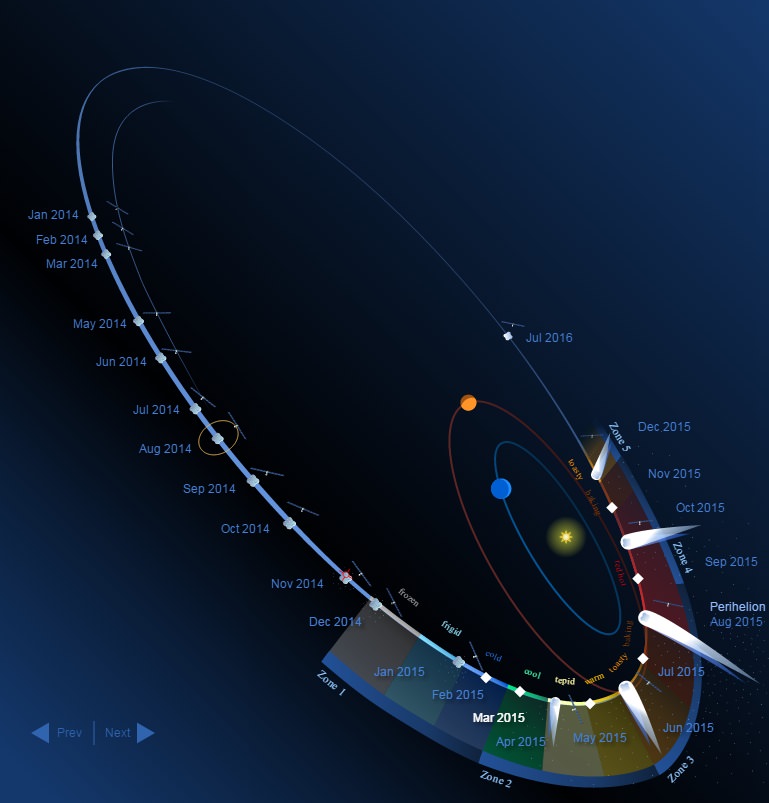
Other comets to watch for in 2015 include still bright 2014 Q2 Lovejoy, C/2013 US10 Catalina, C/2014 Q1 PanSTARRS, and 19P/Borrelly.
What’ll happen as 67P approaches perihelion? Will those two gigantic lobes crack and separate as Rosetta and the world looks on? Now, I’d pay to see that!
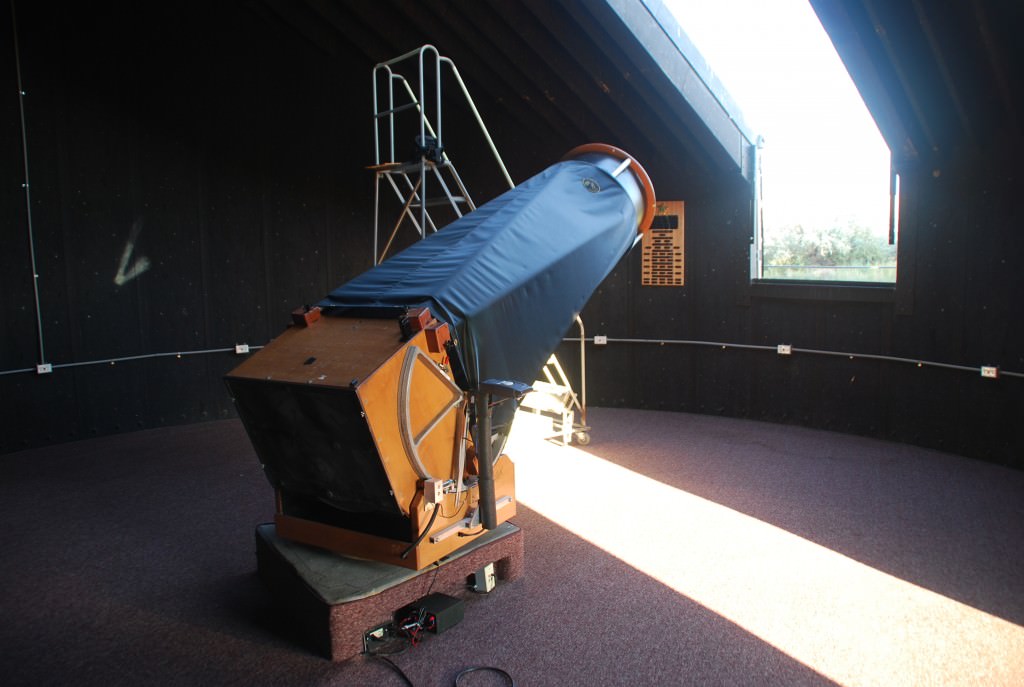
-Register for the Rosetta observation campaign here.

